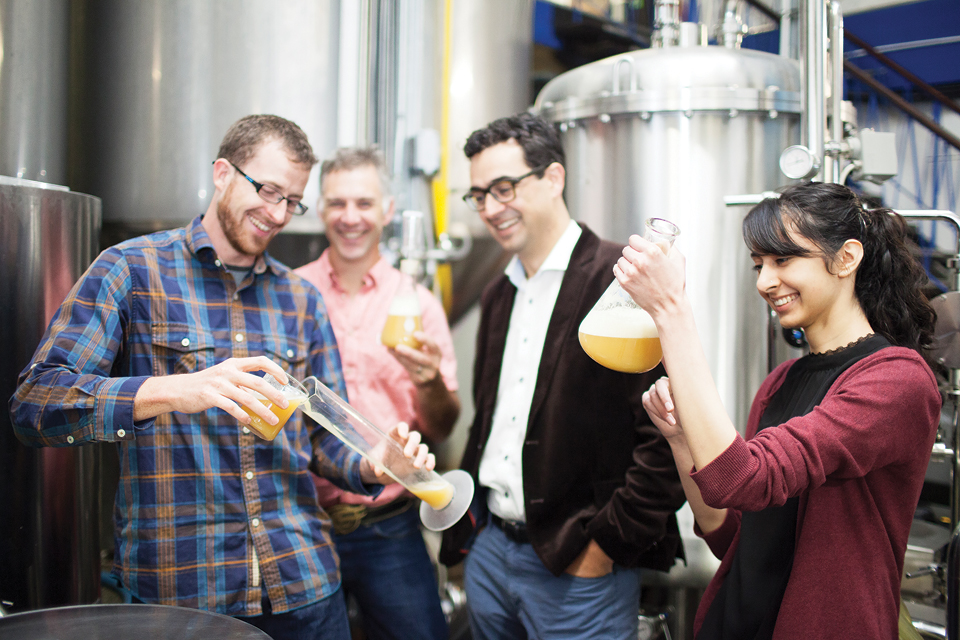Case Study – Beer or Cancer?

Interesting things have been happening in the chemistry labs of UVic. Professor Fraser Hof and Philips Brewery chemist Euan Thomson have been collaborating to revolutionize the craft brewing process.
The project was inspired by a very different invention from Hof’s lab—the only one of its kind. “We created a tool for profiling the proteins in cancer cells,” said Hof. “And I realized that it could also be used to profile the proteins in brewer’s yeast.”

Read more about the beer chemistry collaboration.
In Topic 1 we talked about the opportunity costs of an action. Let’s explore how opportunity costs might impact decisions on what to research.
Assume that the government provides $50,000/year for the department to conduct cancer research, and the costs of operating the research lab is $30,000. Philips offers $70,000/year to do beer research, but researching beer would increase costs by $5,000.
1. What is the opportunity cost of conducting cancer research? Break this into implicit and explicit costs.
2. What option will the department choose? What are the opportunity costs of this choice?
3. What is the total economic profits from this choice?
4. If the cancer lab was offered $30,000 to shut down what would be the opportunity cost?
5. What is the minimum amount the government would have to provide for the department to conduct cancer research?
6. Why must the government pay the lab more money for the same work as before? What does this show us about how opportunities effect compensation?
Academic pursuits often have high private opportunity costs – its why professors are so well paid. If they’re paid too little, the brightest PhDs will turn to industry instead of academia and universities will suffer. In order to attract experts from industry, the university needs to have the resources to compensate them.

Read more about professor compensation.
Consider an Economics prof who could be making $80,000 in the private sector, and a Business prof that could be making $100,000. Assume the individuals value the added prestige and benefits from being a prof at $20,000.
7. All else equal, how much will you have to pay each professor to entice them to teach?
In this case study we have shown how microeconomic concepts of opportunity costs can be used to understand current events and practical examples. Do you have an example you think would make a good case study? Contact economics103@uvic.ca to propose your story.

